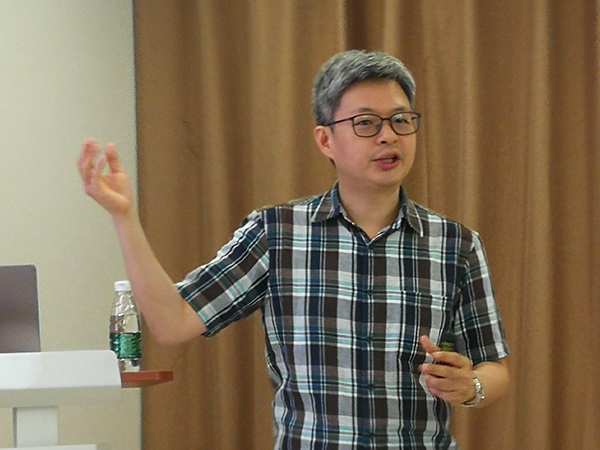
Another El Nino at the end of 2019: Is an ENSO Diversity Emerging?
曾于恒 教授
台湾大学
3号楼1218会议室
2019年7月31日(星期三)09:30
报告会主持人:丁瑞强 研究员
Abstract
Most El Nino events decayed rapidly after boreal winter, while some events, such as 1986/87/88 and 2014/15/16, may prolong and grow again in the second year, accounting for about a quarter of El Nino events since 1960. Compared to the single-year El Nino during the developing boreal summer, the warm sea surface temperature (SST), westerly, and convection anomalies over equatorial Central Pacific were weaker in 1986, 2014, and 2018. The weak westerly anomalies were accompanied with a strengthened cross-equatorial SST gradient in the eastern tropical Pacific, which enhanced (suppressed) the convection in the northern hemisphere (at the equator). The warm water volume anomalies remained positive through the first boreal winter because of insufficient discharge by the weak westerly anomalies. After the tilting mode of thermocline depth developed in the second spring, the SST anomalies grew again via Bjerkenes feedback and reached a stronger magnitude in the following seasons.